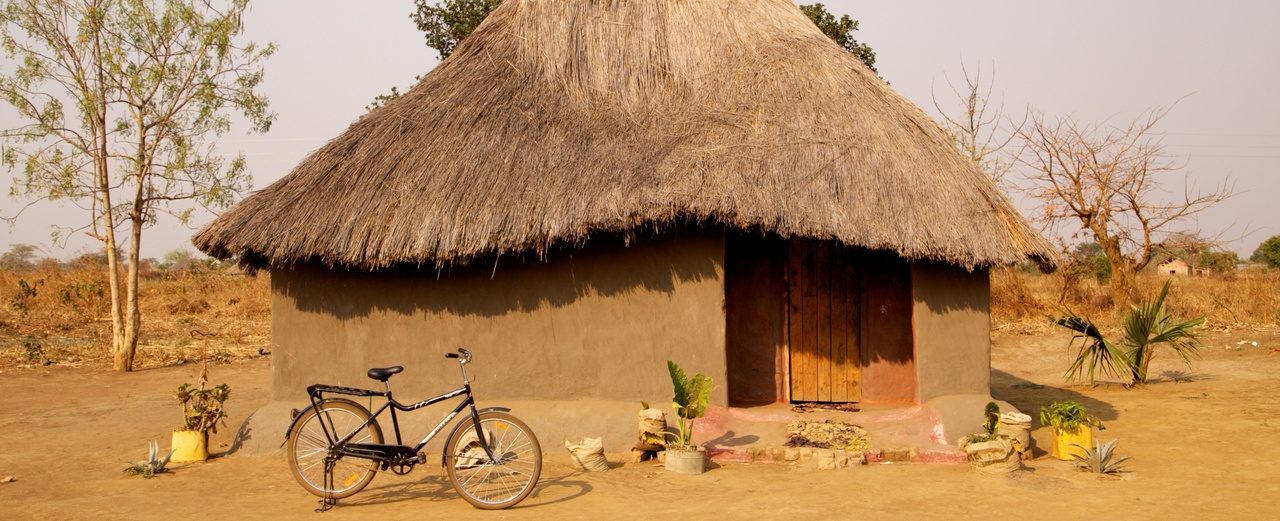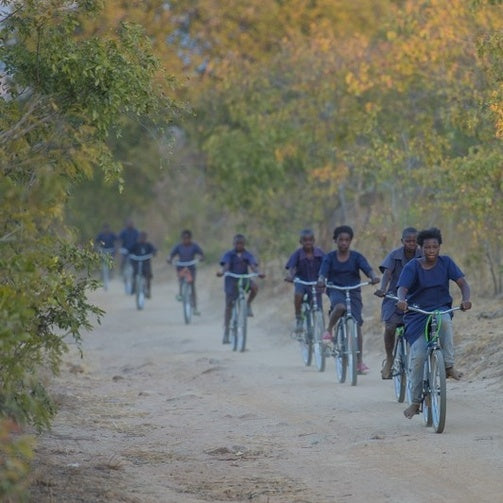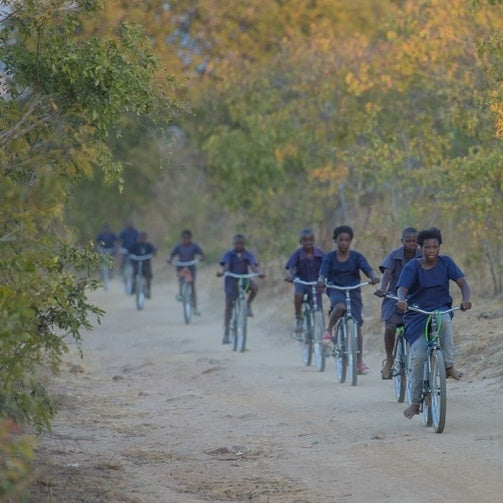Day 9
A bicycle part for a schoolchild in Zambia
 Full speed ahead! Full speed ahead!
Full speed ahead! Full speed ahead!


Bicycles for children in Zambia

need
Improving mobility for school children in rural Zambia, where distances to school are long.
activity
Bicycle parts are assembled and students are given bicycles to ride to school.
Measurable performance
Number of bicycle parts and bicycles distributed to Zambian schoolchildren.
Result
Children save time and energy and attend school more regularly.
Systemically relevant impact
The schoolchildren improve their academic performance, educational opportunities and have prospects for a better future.
background


The good deed
AboutZambia
Lusaka
Capital city
17,100,000
Population
3.577
Gross domestic product
per capita per year
Rank 144 of 189
Human Development Index
(Human Development Index)



